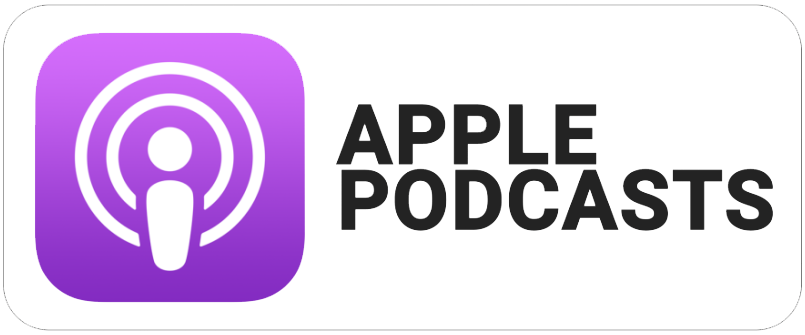Transcript
Hello listeners. We are excited to BLaST the Airwaves with you today and provide educational solutions for all. My name is Rebecca Gibboney and I am the Curriculum and Online Learning Specialist here at BLaST Intermediate Unit 17. I am thrilled to welcome you to this episode of BLaST the Airwaves.
The problem is thinking is invisible; the goal is to make thinking visible. Tricky statement, right?
Let me repeat it for you. The problem is that thinking is invisible; the goal is to make thinking visible.
How do we do that, especially when what we teach tends to be abstract and, to be honest, it is often easier to just tell students what to do and how to do it? Yet, sharing your thinking with your students, virtual or face-to-face, is so important for them because they get a true glimpse into the inner workings of our brains, while we process and act on the information (p. 126).
I can’t help but think about when I had to change one of my flat tires for the first time ever. I had no idea what to do or where to even begin. Let’s face it, I was better off just walking home. If it wasn’t for Ms. Root’s driver’s education class in tenth grade, I would’ve never even known where to start. Well, to be honest, I took the easy way out and called Triple AAA. I’m not going to lie to you.
But, on a serious note, think about the act of changing a tire. If someone just came and did it for me (which they really did), I would never learn how to change a tire for myself (which also explains why I still cannot change a tire to this day). On the other hand, if I would have probably asserted myself a little more or asked the Triple AAA employee to show me his thinking in each step of the process, I probably would be able to change my own tire. I mean, with some practice and feedback, of course.
Either way, the more we make our thinking visible through demonstration, the more our students will be able to own that learning. In the classroom, these demonstrations take place through direct instruction, think-aloud, worked examples, lectures, and even sharing sessions; and even though we may be remote, all of these demonstrations can still happen!
Just because your setting might change, it does not mean your pedagogy does. We just need to open our minds and think a little…innovatively. So, let’s think together…
Think-alouds or think-alongs (however you want to call them):
Fisher, Frey and Hattie strongly suggest to plan your think-along so that it provides more teacher clarity. In fact, they provide some wonderful guidelines to follow for think-alongs:
Name the strategy, skill, or task
State the purpose of the strategy, skill, or task
Explain when the strategy or skill is used
Use analogies to link prior knowledge to new learning
Demonstrate how the skill, strategy, or task is completed
Alert learners to errors to avoid
Assess the use of the skill
For your teaching purposes, I have added the Think Along Planning Template provided by Fisher, Frey, and Hattie to the show notes on our website.And it never really dawned on me, but the importance of using first-person when demonstrating information. Wow! Like total a-ha moment. By using the first person, I am inviting my students into my own learning, my own way of thinking. I’m showing them what is going through my mind to process the learning, which I know, sometimes can be scary.
Direct Instruction:
Total confession, I never really was a fan of direct instruction. I didn’t believe in it and it always bored me to sleep. However, it was because I never was a student of quality direct instruction. Therefore, I misunderstood the true benefits of direct instruction. Folks, direct instruction can be used effectively. There are teachers out there who rock direct instruction by opening up their instruction with modeling, scaffolding, and practice. There is a time and a place for direct instruction. Do not dismiss it. Instead, begin the lesson with a short review–take your students from the known to the new. Then, provide your students with short statements of goals. Ease into the new material in small steps, with embedded practice that includes clear and detailed instructions and explanations. Remember, our goal here is demonstration! Use your questioning techniques to check for understanding and make sure ALL students are understanding (p. 129).Beware, direct instruction does not just mean that the teacher does all of the talking. Please no, for the sake of your students. Take caution of the amount of teacher talk versus the student talk, especially online. It is super important to keep in mind.
Worked Example:
The first thought that comes to mind is math class, but don’t let it fool you. Worked examples can be found in ELA, in the arts, in science, in social studies…they can be found everywhere! Worked examples come into play when we share our thinking and develop mental models so our students can start thinking in the same way to solve certain problems or tackle the text. It is a way to provide a gradual release for our students so that we begin the thinking process, but eventually, the thinking happens on its own within the student.The key is that no matter the learning environment, we provide ample opportunities for students to view demonstrations. Whether it be through direct instruction, think-alouds, lectures, shared sessions, whichever one might do. Students need to see in order to do; they need to think in order to do. As educators, we know it is not good enough for students to learn information simply for short-term memory. No. We want that information in their long-term memory. Well, that does not happen by simply showing them how to do something, by taking the easy way out. It happens by letting them in. Showing them the process, your way of thinking. It happens by demonstrating.
We would like to thank you for blasting the airwaves with us today. If you like the show, please subscribe or leave a review. If you want to know more. Check out www.iu17.org for further resources and show notes. As always, we want to thank you for what you do every single day. Remember, keep shining. We’ll be back next episodes to provide you another educational solution for all as we continue to transform lives and communities through educational services.
Additional/Suggested resources mentioned in the episode:
The Distance Learning Playbook by Douglas Fisher, Nancy Frey, and John Hattie
BLaST Intermediate Unit 17 – www.iu17.org
Professional Learning Opportunities at BLaST IU 17 – https://www.iu17.org/professional-learning/



